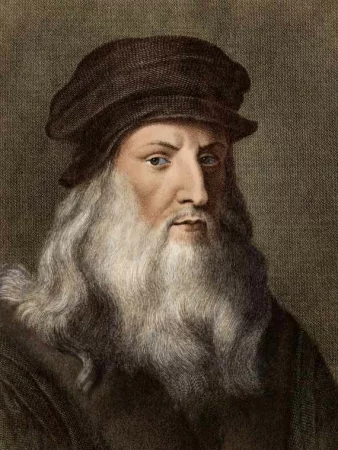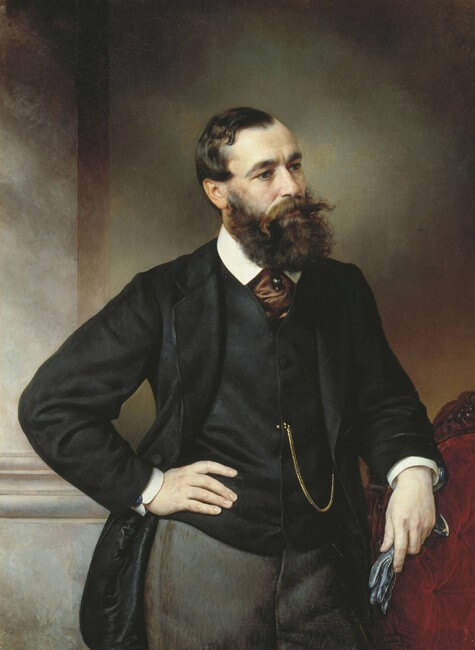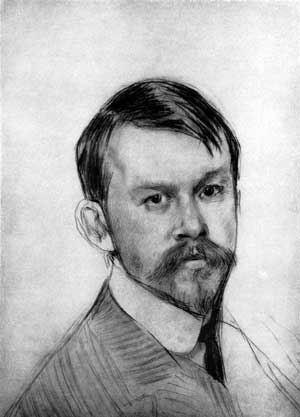Short Biography of Leonardo da Vinci in English - Paintings Images
Leonardo da Vinci was born on April 15, 1452 in the Republic of Florence, near the town of Vinci, in the settlement of Anchiano, in the family of the peasant woman Caterina and Piero, who was a notary and who later, having married a rich woman, took his son to him, as his spouse was not able to give birth. As a result of the separation from his mother, Leonardo tried to retrace her image in many of his subsequent works.
"Da Vinci" literally means "by origin from the city of Vinci" and is not a surname in the customary sense.
Childhood
His father attempted to make a lawyer out of the boy, but with no success: the future artist was not interested in this profession at all. Nevertheless, there were many noble people taking part in Leonardo’s life, as in those days the upbringing of illegitimate kids was not condemned, and those children used to have the same privileges as the ones born in a legal marriage.
Education and personal life
In 1466, Leonardo become an apprentice of Verrocchio, joining his studio in Florence, where he started to study science and painting. In seven years, he qualified in the Guild of St. Luke as a master.
According to a legend, da Vinci, who honed his skills, managed to surpass his own teacher in writing a piece of a painting commissioned to Verocchio, that the latter, in desperation, refused to continue painting.
We know almost nothing about Leonardo's personal life. No reliable information is available concerning his romances with women, and da Vinci was not married. Although for some time he was believed to have a love affair with Cecilia Gallerani, who used to pose for him for the painting “Lady with an Ermine”, no direct evidence of this is available. The artist was suspected of being in relation with young men and even assumed to have remained a virgin until the very end of his life, because he was concentrated solely on scientific research and artistic activity. And, considering how numerous the great master's occupations were, and how diverse and extensive his interests were, it is quite reasonable to assume that all his time was spent on them. His domains of activity included: sculpture, anatomy, music, he even worked on developing a flying machine, and had a fancy for cooking and serving art, worked for Cesare Borgia as a military engineer and architect.
Creativity
During the long years of his professional activity, Leonardo da Vinci created numerous works on biblical topics:
- "The Last Supper" (1495-98)
- "Annunciation" (1472-75)
- "Savior of the World" (1499-1510)
- "The Adoration of the Magi" (1481)
- “Madonna with a flower” (“Madonna Benois”) (c. 1478)
- "Madonna in the Grotto" (1499-1506)
- "Madonna Litta" (1490-91)
- "Madonna with a Carnation" (1478)
- "John the Baptist" (1514-16)
- "The Virgin and Child with St. Anna" (1508-10)
As well as other great canvases:
- "Mona Lisa" (1503-05)
- "Lady with an Ermine" (1489-90)
- "Vitruvian Man" (1492)
- "Battle of Anghiari" (1503-06)
- "Beautiful Ferroniera" (c. 1495-97)
- "Portrait of a musician" (1490-92)
Leonardo thought about himself more as of an engineer and scientist, and this is the reason why it took so long for him to paint pictures and why there are not so many of them. However, he introduced many innovations to the painting tradition of those times, and owing to this, the art stepped into the new phase, namely the movement towards realism. This happened, inter alia, thanks to the da Vinci’s technique - sfumato (featuring the blurring of lines, smooth transitions, softening of the color contrasts, where the image looks as if in a haze).
Among his inventions we should note a pistol wheel lock, drawings of a crossbow, a parachute, a military machine, a military drum and even a lantern, he did outline the idea of an airplane.
End of the life path
Leonardo da Vinci spent his last years in Clos Luce, a castle belonging to the French king, being officially granted the title of engineer, architect, and first royal artist (1516-19).
After his passing away on April 23, 1519, he was buried in the castle of Amboise.[/h2]
Comments (0)
Top
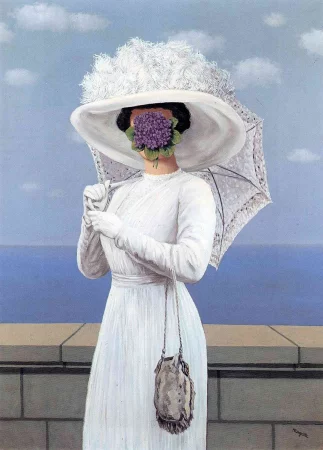 Painting The Great War, Rene Magritte - Meaning and Analysis
Painting The Great War, Rene Magritte - Meaning and Analysis
The Great War - Rene Magritte. Canvas, oil. 81 x 60 cm...
10.10.23
1 492
0
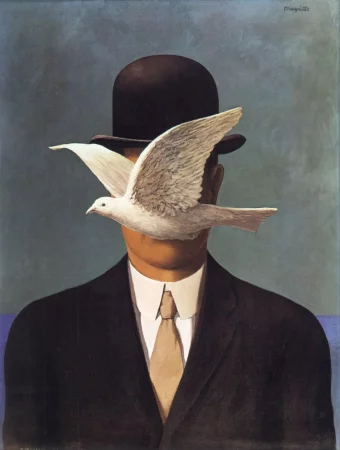 The man in the bowler hat, Rene Magritte
The man in the bowler hat, Rene Magritte
The man in the bowler hat - Rene Magritte. Canvas, oil. 70 x 50 cm...
06.09.23
3 270
0
